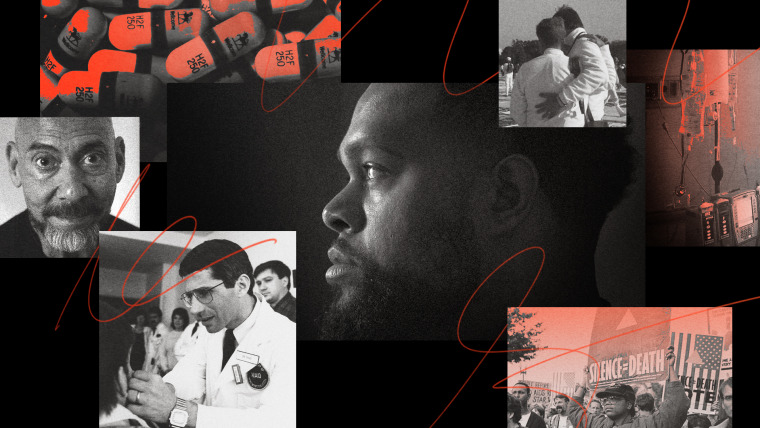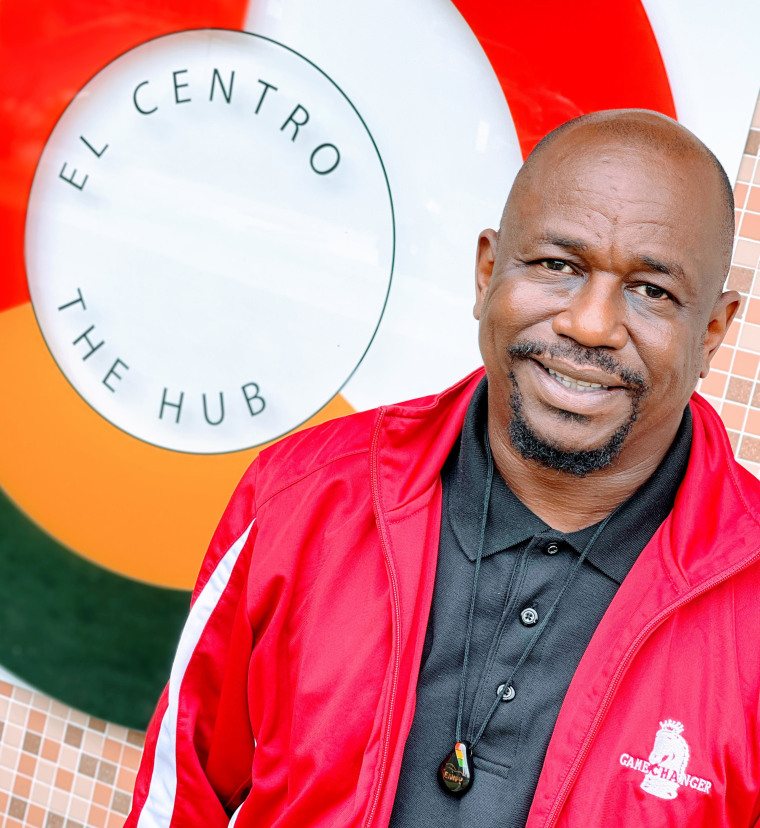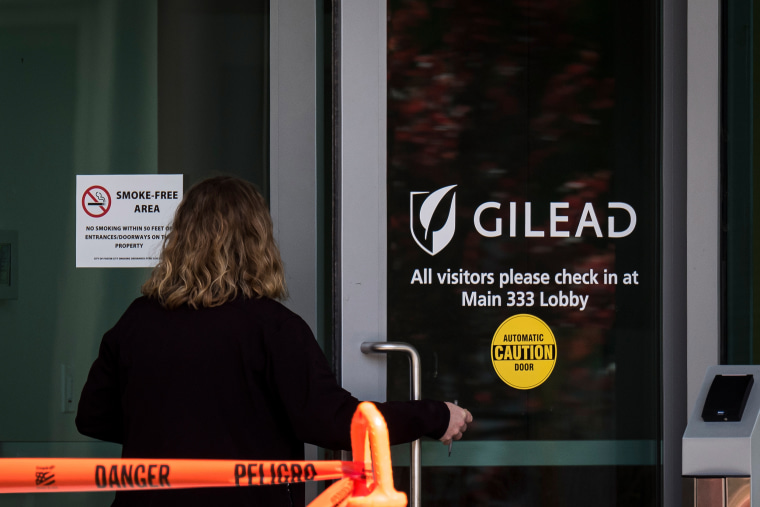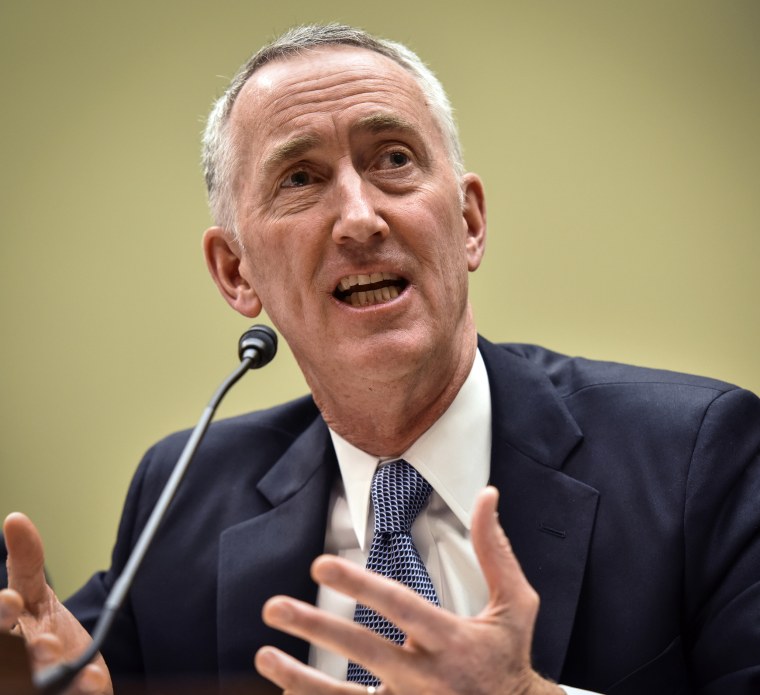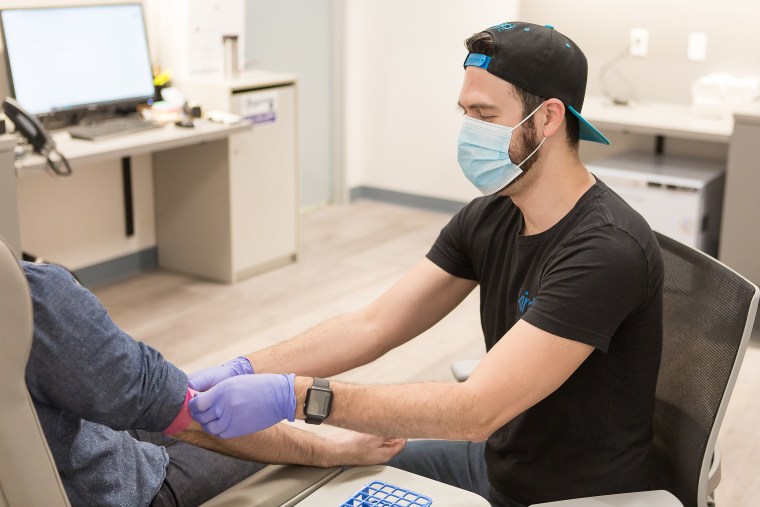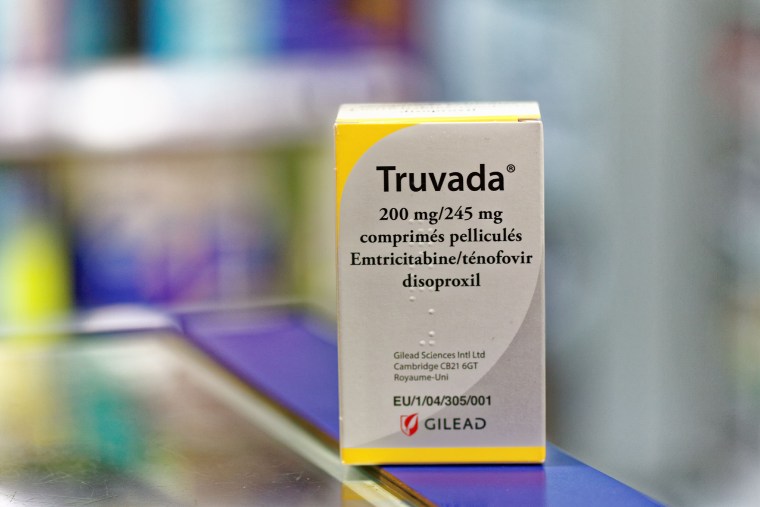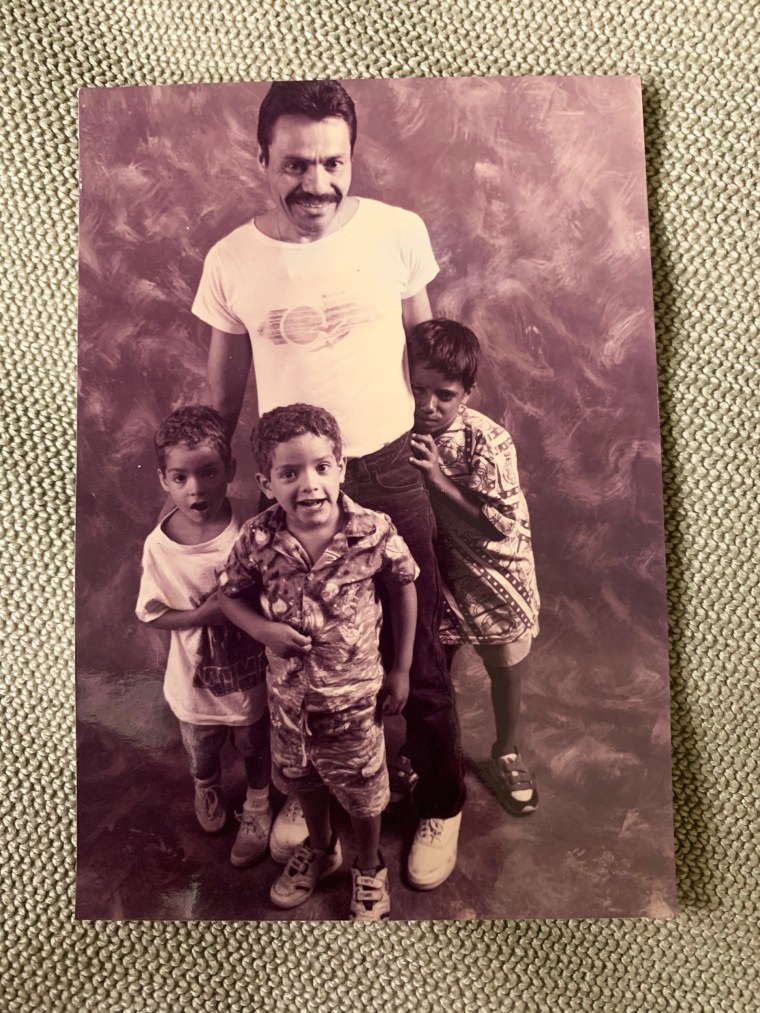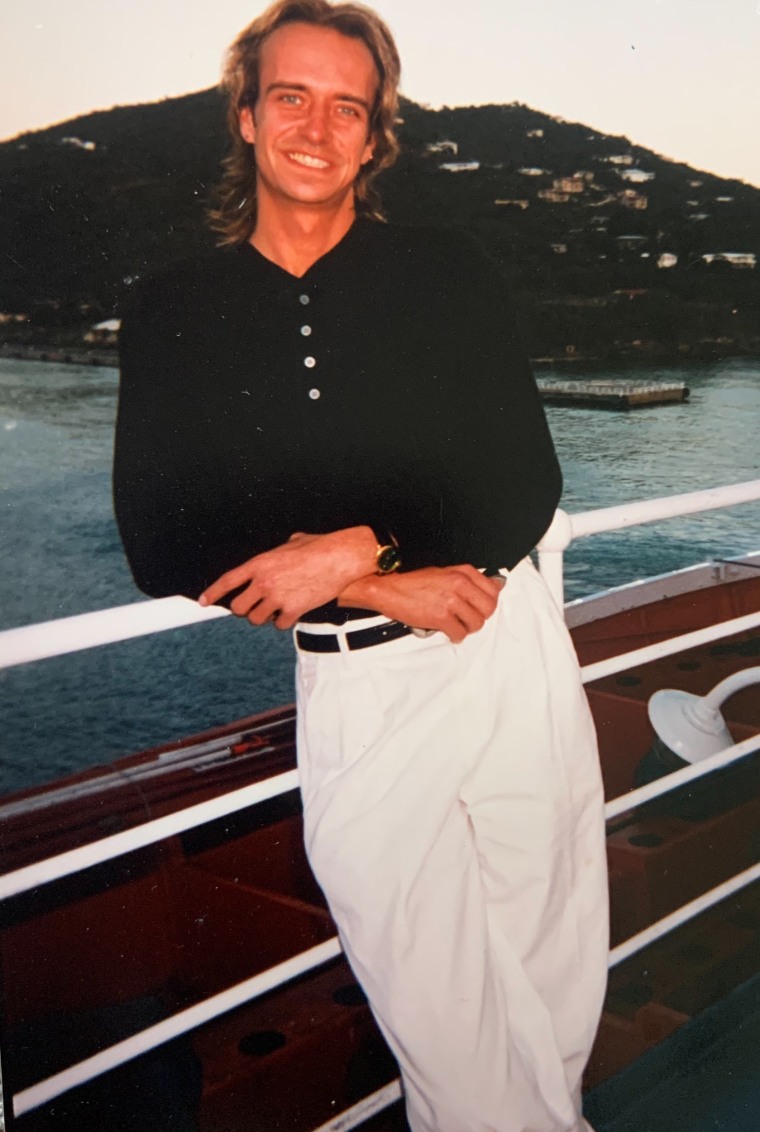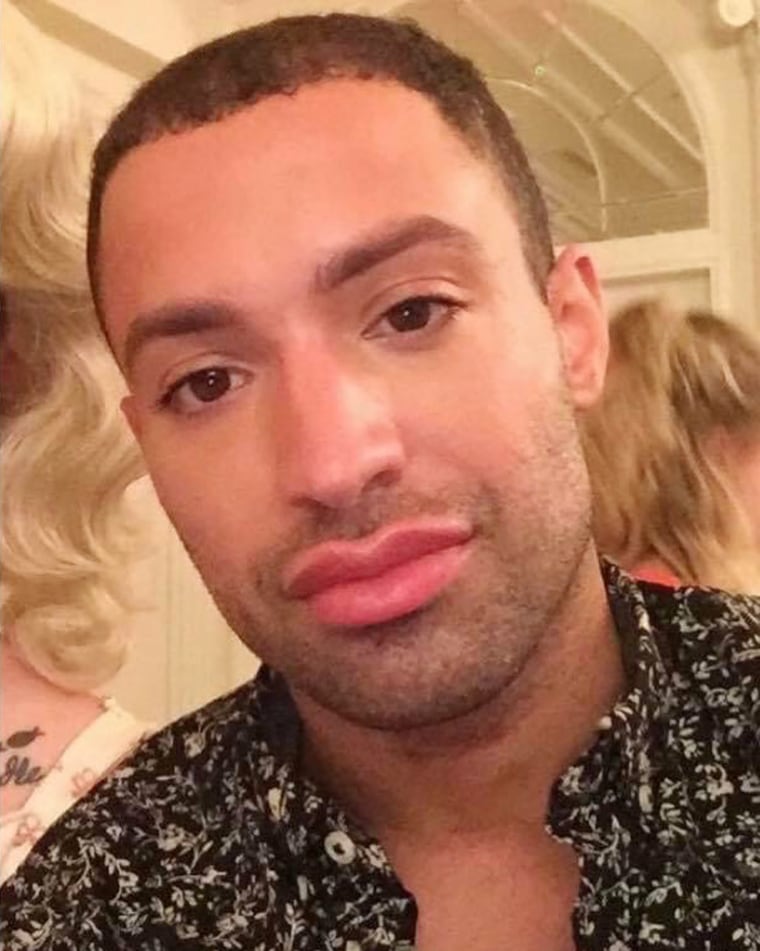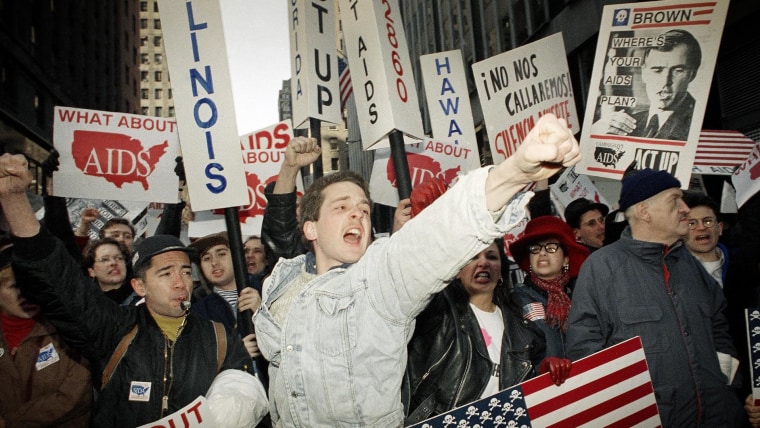Sharp drop in new UK HIV cases due to people having less sex during COVID, data suggests
(Wallocha/ullstein bild via Getty Images)
People changing their patterns of sexual behaviour because of COVID has led to a staggering drop in new HIV diagnoses, according to UK government data.
On World AIDS Day 2021 (1 December), the UK Health Security Agency (UKHSA) released data about HIV testing, new diagnoses and the ability to access HIV services in 2020.
This new data revealed that the total number of new HIV diagnoses in England dropped by 33 per cent. According to the data, there were 2,630 new diagnoses in 2020 compared to 3,950 in 2019.
Among gay, bisexual and other men who have sex with men, the number of new HIV diagnoses made in England decreased by 41 per cent from 1,500 in 2019 to 890 in 2020. The UKHSA reported 1,010 people who probably acquired HIV through heterosexual contact were diagnosed with HIV in England in 2020, a 23 per cent decrease from 1,320 in 2019.
The government agency attributed the drop in new diagnoses to COVID-19changing patterns of sexual behaviour, testing and access to sexual health and HIV services.
Dr Valerie Delpech, head of HIV surveillance at UKHSA, said that the decline in HIV diagnoses is “encouraging”. But Dr Delpech warned that the data should be “considered in the context” of the pandemic which “saw prolonged and unprecedented public health restrictions, coupled with intense pressure on health services resulting in a decline in HIV testing overall”.
“It is now crucial that we continue to ramp up testing and start people on treatment at the earliest possible opportunity,” she added. “We must address inequalities and find creative ways to achieve a reduction in transmission across all populations.”
Deborah Gold, chief executive of National AIDS Trust, described the continued decreases in HIV transmissions – driven by regular testing, access to PrEP and increases in those diagnosed having access to HIV treatment – “rays of light in the UK’s response to HIV”.
But Gold said the pandemic has had a “catastrophic impact” on testing and treatment services in the UK, and “we now need an urgent plan for their recovery”.
“HIV testing must increase markedly, and the HIV prevention drug PrEP must reach all communities,” Gold said. “The government has committed to report annually on progress towards 2030, it is vital these reports identify what progress is being made in all population groups in the UK.”
According to the UKHSA data, there had also been a big decrease in HIV testing as the number of people tested at sexual health services decreased by 30 per cent from 1,320,510 in 2019 to 927,760 in 2020.
There was a seven per cent decrease (from 157,710 in 2019 to 146,900 in 2020) in the number of gay, bisexual and other men who have sex with men having an HIV test at sexual health services.
In contrast, the number of heterosexual people tested fell by 33 per cent from 1,142,950 in 2019 to 760,260 in 2020.
Debbie Laycock, head of policy at Terrence Higgins Trust (THT), told PinkNews that the charity welcomed the fall in diagnoses in gay and bisexual men, but she said “we need to see this same level of progress across the board”.
“There has been a steep decline in HIV testing among heterosexual men and women compared to previous years – this drop is a concern given that heterosexual men and women accounted for the majority of diagnosis, and rates of late diagnosis were highest in this group,” Laycock said.
In 2020, almost half (42 per cent or 640 out of the 1,540) of people first diagnosed in England were diagnosed late, an increase from 40 per cent in 2019. The UKHSA reported rates of late diagnosis were highest for heterosexual men and women at 55 per cent and 51 per cent respectively, compared with 29 per cent in gay and bisexual men.
Laycock told PinkNews that COVID-19 has had a “significant impact” on HIV services and testing, and she said there needed to be urgent action from the government to ensure the pandemic doesn’t “hinder efforts to end new cases of HIV by 2030”.
She added that testing the provision of PrEP – Pre-exposure Prophylaxis, a medicine taken to prevent getting HIV – “must be expanded to ensure that progress is felt in all communities” because “progress that isn’t felt by everyone isn’t progress at all”.
The data comes as the UK government unveiled its HIV Action Plan, which sets out how England can end new HIV transmission by 2030. The government pledged to invest £20 million to expand opt-out testing in emergency departments in areas that have the highest prevalence of HIV in England.
The plan aims to reach an 80 per cent reduction in transmissions by 2025 as well as a commitment to reach zero new transmissions by 2030.
But the government acknowledged such goals can only be met if people are diagnosed early and provided with antiretroviral treatment to reduce the viral load in a person’s bloodstream to an undetectable level.
Ian Green, chief executive at THT, welcomed the government’s plan. He said the £20 million investment for opt-out testing “keeps alive” the government’s commitment to end transmission by 2030.
But he cautioned there is “still so much more to do to make it a reality”.
“To really get on track, we need to see opt-out testing scaled up across the country to ensure equitable progress in more areas, alongside training for those involved,” Green explained.
He continued: “Ramping up HIV testing isn’t just about numbers – it’s about addressing the inequalities that continue to exacerbate the HIV epidemic and ensure we see progress across all groups, including those traditionally most impacted by HIV.
“That’s why we strongly welcome the action plan’s signal of intent to ensure free HIV test kits to do at home are available across the country – this needs to be available all year round and accessible to all who could benefit.”
